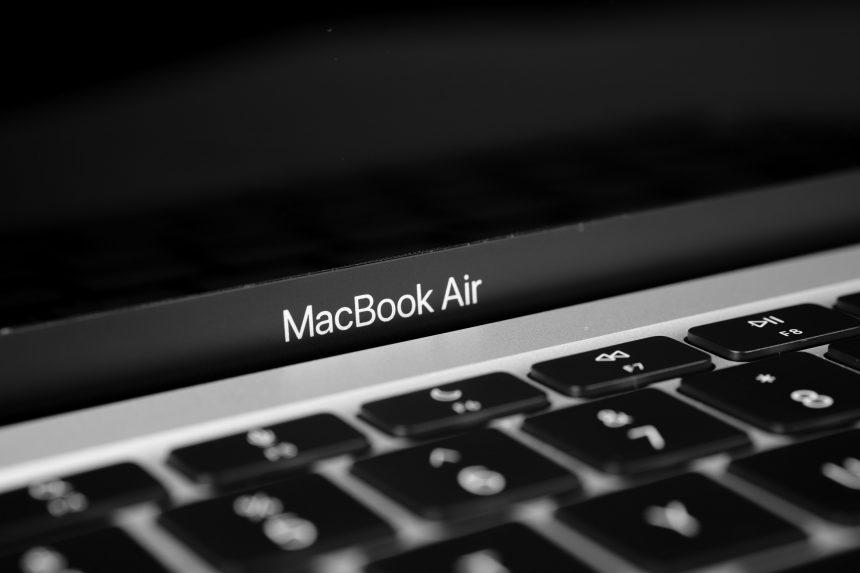Adware, a form of malware, is designed to bombard users with unwanted advertisements. Unlike traditional malware, which often aims to damage systems or steal information, adware primarily focuses on generating revenue for its creators through intrusive ads. This type of software can infiltrate systems through various means, such as bundling with legitimate software, deceptive pop-ups, or malicious websites. Once installed, adware can slow down the system, create security vulnerabilities, and significantly hinder user experience by incessantly displaying ads.
Adware differs from browser hijackers, though they share similarities. While adware primarily displays unwanted ads, browser hijackers alter browser settings, redirecting users to unwanted websites, and changing homepages and search engines. Both are intrusive but serve slightly different purposes and exhibit different behaviors.
The MMSProt Mac Virus
The MMSProt Mac Virus is an adware threat targeting Mac users. This malicious software promotes several scam websites, such as “urgent-pc-issue.com” and “apple-security-center.com,” through intrusive ads. These ads often mimic legitimate system alerts or security warnings, tricking users into visiting these sites or downloading further malicious software.
Functionality and Installation
MMSProt typically gets installed via software bundling or deceptive online ads. Users might unknowingly download it when installing a free application or clicking on a misleading pop-up. Once installed, MMSProt starts displaying a barrage of ads, including banners, pop-ups, and in-text ads, which can lead to scams or further malware infections.
The presence of MMSProt can significantly degrade system performance. The constant display of ads consumes system resources, slowing down the device. Additionally, the intrusive nature of the ads poses a security risk, potentially leading to the installation of more harmful software or the unintentional sharing of personal information.
Detection Names
Various anti-malware programs may identify MMSProt under different names, making it essential to recognize these aliases:
- Adware.MacOS.MMSProt
- MacOS:Adware/MMSProt
- OSX:MMSProt-A
Users who run system scans should look for these detection names to identify and remove the threat effectively.
Similar Threats
Adware similar to MMSProt includes:
- MyCouponize: Displays coupons and ads, often installed through free software bundling.
- Shlayer: A widespread adware that tricks users into installing fake Flash Player updates.
- Pirrit: Another notorious Mac adware that floods users with intrusive ads and slows down system performance.
Comprehensive Removal Guide
- Backup Your Data: Before starting the removal process, back up important files to prevent data loss.
- Boot into Safe Mode:
- Restart your Mac and hold the Shift key immediately after hearing the startup sound.
- Release the Shift key when the Apple logo appears.
- Identify and Remove Suspicious Applications:
- Open the Applications folder and look for unfamiliar apps.
- Drag any suspicious applications to the Trash and empty the Trash.
- Remove Malicious Profiles:
- Go to System Preferences > Profiles.
- Identify any unknown profiles and remove them by clicking the minus (-) button.
- Reset Browsers:
- For Safari:
- Open Safari and go to Preferences > Extensions.
- Uninstall any suspicious extensions.
- Reset Safari by going to Safari > Clear History and selecting All History.
- For Chrome:
- Open Chrome and type
chrome://extensionsin the address bar. - Remove any unwanted extensions.
- Go to
chrome://settings/resetand choose Restore settings to their original defaults.
- Open Chrome and type
- For Firefox:
- Open Firefox and type
about:addonsin the address bar. - Remove any suspicious extensions.
- Go to
about:supportand click Refresh Firefox.
- Open Firefox and type
- For Safari:
- Use Anti-Malware Software:
- Download and install a reputable anti-malware program.
- Run a full system scan to detect and remove any remaining traces of MMSProt.
- Manual File Removal:
- Open Finder and navigate to the following directories to delete any related files:
/Library/LaunchAgents/Library/LaunchDaemons/Library/Application Support/Library/Preferences
- Look for files related to MMSProt and move them to the Trash.
- Open Finder and navigate to the following directories to delete any related files:
- Reboot Your System: After completing the removal steps, restart your Mac to ensure all changes take effect.
Preventive Measures
To prevent adware like MMSProt from infiltrating your system in the future:
- Be Cautious with Downloads: Only download software from trusted sources and avoid clicking on pop-up ads or links in unsolicited emails.
- Use Reliable Security Software: Install and regularly update reputable antivirus and anti-malware software.
- Keep Your System Updated: Regularly update your operating system and software to patch security vulnerabilities.
- Enable Firewall: Ensure your Mac’s firewall is enabled for added protection against malicious activities.
By understanding the threat posed by MMSProt and similar adware, users can take proactive steps to protect their systems and ensure a safer online experience.




